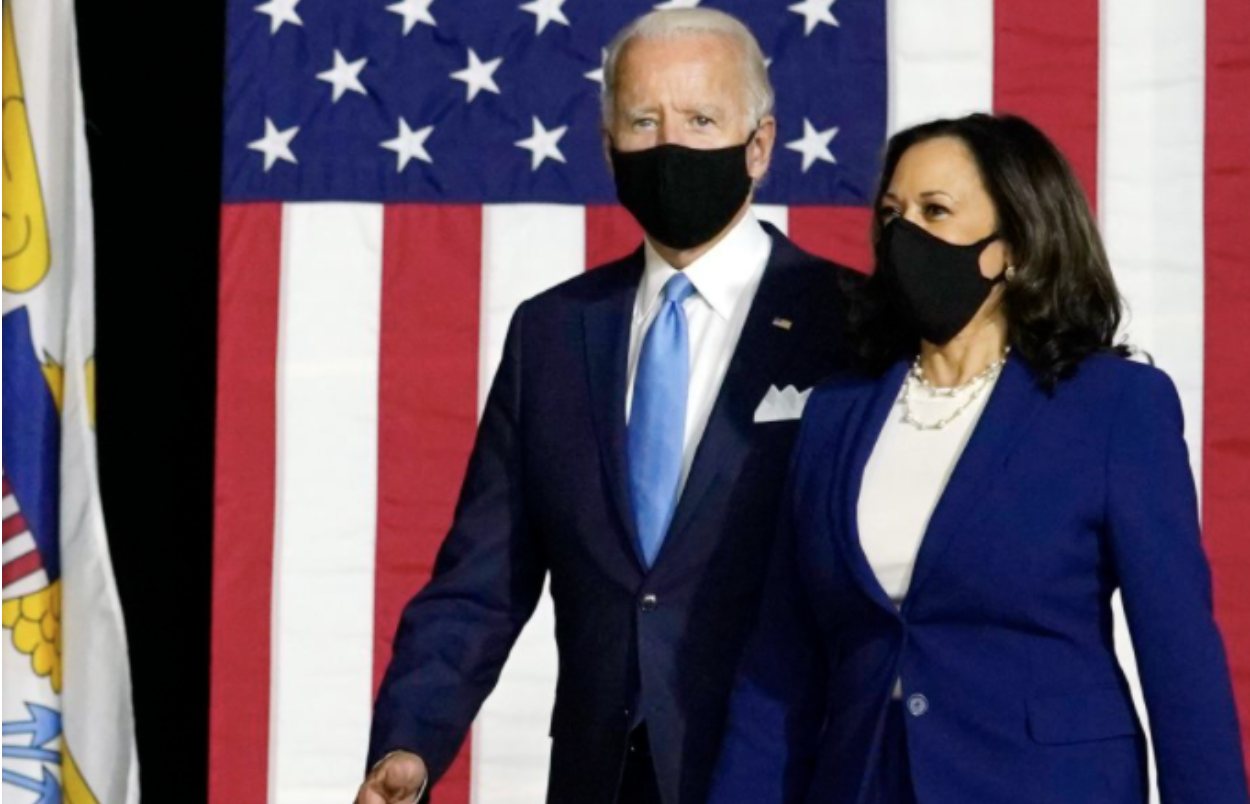
MICHAEL ATHANASSIADIS – MARCH 7 2023
EDITOR: SELINA YANG
Nestled near Myanmar’s mountainous borders with China, Laos, and Thailand, poppy fields are sprouting. Low-wage farmers are working the world’s second largest expanse of opium fields between lush, green hills. After years of decline, opium production is soaring back up since the junta’s rise to power, especially in the country’s remote Shan State. Two years ago, democratically-elected State Counsellor (head of government) Aung San Suu Kyi and her political affiliates were ousted and jailed in a military coup. In the first full year of cultivation after the military took power, opium farmland area grew by 33% to about 150 square miles. Right now, the UN Office on Drugs and Crime (UNODC) estimates that the opiate economy ranges from about $600 million to 2 billion. While rising illegal opium production is alarming on an international scale, especially for the drug’s top importers, the trade has become a last resort for farmers to gain some semblance of livelihood back. Why? A severely battered economy limping along after several domestic and international shocks have left poor and rural populations much worse off.
Incentives
Economic decline due to COVID-19 has been compounded by the horrific effects of junta mismanagement, political violence, and the war in Ukraine. Myanmar has been hit with multiple waves of COVID, the fourth coming in February and March 2022. The service and agricultural sectors were some of the hardest hit by the virus and factored into real GDP decreasing by 18% in 2021 alone. Due to strained logistics and a low government capacity to respond, the country would likely be unequipped to handle another outbreak, making unpredictability and fear spike.
Another driver of Myanmar’s economic downturn has been policy under the new military government. Prior to the coup, Myanmar’s central bank intervened to reduce its currency’s volatility internationally otherwise known as having a managed float exchange rate. Once Min Aung Hlaing and the State Administration Council, the ruling arm of the military, took power in 2021, economic norms were reversed. The managed float was abandoned in favor of a fixed official reference exchange rate, which the World Bank comments is “not reflective of market supply and demand.” Sure enough, this has led to the depreciation of and constant downward pressure to Myanmar’s currency—the kyat. Just a month ago one kyat was worth $0.00056. Now it is down to $0.00048. That is a swift 14% exchange rate reduction.
Civil unrest and political violence after the coup further aggravated Myanmar’s dire economic situation. The country has broken up into armed factions. The exiled government’s opposition army, the People’s Defense Force, claimed responsibility for several attacks in the last month. On the other hand, the governing military has, according to Human Rights Watch, “imposed new travel restrictions and attacked aid workers, blocked access to roads and aid convoys, destroyed non-military supplies, and shut down telecommunications services.” With constant fear imposed from all sides, citizens have undoubtedly felt scared. This leads to a decrease in consumer sentiment and optimism, along with great volatility in the post-coup economy. For farmers, the situation only worsens what Open Society Foundations calls an “experience of financial instability, structural poverty, and systemic corruption.”
Enter the war between Russia and Ukraine, which has increased global fuel and fertilizer prices in a dizzying tandem with the depreciating kyat. These rising input costs are part of the reason why the agricultural sector contracted by about 10% in 2021. All in all, surging costs are continuing to decrease farmers’ margins. Farmers now need to search for a solution.
It is no secret that Myanmar is becoming poorer. 40% of the population is now living below the national poverty line. Moreover, job loss has meant migration to rural areas like Shan State, which comprises 84% of Myanmar’s opium cultivation area, to seek agricultural employment. Many Burmese citizens in these very regions are those hardest hit by the contracting economy. Farmers without the large-scale structure of companies are disproportionately affected by depreciating exchange rates, rising fertilizer prices, and all around high input costs due to fuel. Therefore, opium is a solution for many migrants looking for money and farmers seeking to sustain their livelihood. The “safe insurance crop” has a dedicated domestic and international market and could ostensibly give rural Burmese citizens sorely needed economic security. Unlike other crops, there is international demand for the product and not much competition. Myanmar holds great power in the opium market as the second largest producer behind Afghanistan. On the other hand, the dangerous and addictive drug has far-reaching social repercussions in Myanmar and abroad. Left with little economic certainty or opportunity, farmers are risking their loved ones becoming addicted and land being seized for a stable income in the short-term.
Consequences
The opiate economy, if accounted for by the country’s GDP, would be between 1 and 3 percent. In theory, ‘rational’ farmers should have pivoted to opium in order to receive higher profits than for other crops. Additionally, since production has increased, costs should scale down. However, the farm-gate price, which is an agricultural product’s market value minus its selling costs, paints a confusing picture. Since 2019, the farm-gate price of raw opium has risen from about 200,000 kyat per kilogram to over 400,000. These figures are not even inflation adjusted. Returning to opium cultivation may actually be like putting a bandaid on a huge gash and hoping it heals. Year over year CPI inflation increased to 17.3% in March 2022, making all goods decrease in value and keeping economic activity weak. Though opium may be a comparatively strong option, the bottom line is that profits in Myanmar’s post-coup economy are subpar no matter which goods are produced and Burmese farmers continue to struggle for wage security.
Apart from the economic factors causing the opium production boom, there are glaring domestic concerns over the drug’s increasing cultivation. In Taunggyi, Shan State’s capital, illicit drug use among young people has consistently been high. Similar to farmers growing opium as a consequence of economic hardship, Taunggyi youth have been pushed to either sell drugs, fall into addiction, or both. Especially for male youth, who have been partly enticed to use after internalizing gender norms. According to Patrick Meehan’s study on Shan State drug use, opium “entails risk, offers new experiences, requires a degree of courage, and can generate confidence and a sense of empowerment” that has felt so far removed from Myanmar’s current economic state. Given that 17% of the opiate economy is made up of domestic consumption, Burmese addiction may become yet another problem for Min Aung Hlaing and the State Administration Council to fix. If the junta’s mismanagement of the economy is a sign for their incompetence to solve other domestic threats, then addiction may begin ravaging Myanmar and its neighbors.
Exports make up the greatest share of Myanmar’s opiate economy. Beyond Burmese borders, the resurgence of opium in the international drug market could spell trouble for top importers. As of 2022, the gross value of raw opium available for export was about $160 million, while heroin ranged from $380 million to $1.56 billion. While heroin ends up across the world, opium mainly finds itself in China and Vietnam. Moreover, despite greater cultivation area, law enforcement seems to be less effective, as the number of raw opium and heroin seizures were down to 1,078 and 1,249 in 2022 from 2,110 and 2,003 in 2021, respectively. Thus, as oversight decreases, cultivation expands, and export figures rise, all signs point to even more opium being illegally sold to neighboring states this calendar year.
Vietnam, a common drug trafficking middle man between Myanmar and East Asia, has historically been a hotspot for opioid use. However, the government has made active strides to combat an impending drug epidemic. By 2010, 129 compulsory drug detention centers had been built to house about 70,000 users. Despite these efforts, Vietnam has seen drug user numbers rise. As Myanmar’s cultivation grows, there will likely be a substantial Vietnamese clientele ready to take advantage of more inflowing product. Additionally, just next to Myanmar’s Shan State is China, a market with a unique drug history and gargantuan population. The country infamously became hooked on opium in the 19th century, as British imports ravaged cities and nearly toppled the government.
Unless democratic governance is reinstated via a People’s Defense Force victory or, at the very least, competent junta rule begins, Myanmar’s economy will likely experience volatility, inflation, and worsening exchange rates in the short run. The future is not bright for farmers, who are pushed to grow opium poppies and profit off Taunggyi or Chinese drug addiction. The future is even grimmer for Min Aung Hlaing, who must eventually quell oppositional violence, eliminate the possibility of drug addiction, and revive the economy or be forced out of his post. Until new political change comes and input prices level off, rural populations will continue to suffer disproportionately from Myanmar’s stumbling economy.
Featured Image Source: UNODC
Disclaimer: The views published in this journal are those of the individual authors or speakers and do not necessarily reflect the position or policy of Berkeley Economic Review staff, the Undergraduate Economics Association, the UC Berkeley Economics Department and faculty, or the University of California, Berkeley in general.



